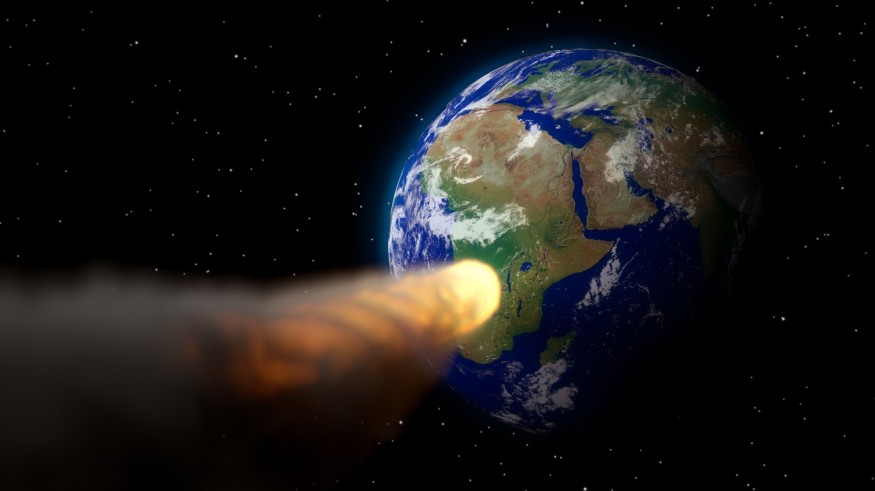
National Aeronautics and Space Administration (NASA) warned that an asteroid estimated to be about the size of the Great Pyramid of Giza might hit the Earth in 2022.
There is one in 3,800 chances of the asteroid hitting into the Earth, said NASA. That translates into a 0.026 percent chance of an and a greater than 99 percent chance it will miss Earth.
As per NASA, the worst-case situation will undoubtedly be of a commotion similar to the climax of a zombie apocalypse movie, or even worse.
The contact would be more than 15 times greater than the atomic bomb plummeted on Hiroshima in 1945, which freed energy equivalent to roughly 15 kilotons of TNT bomb. The space agency also said the probability of the rock colliding with East is low.
The asteroid would still be monitored because of its sheer size, which is roughly the size of the Great Pyramid of Giza.Experts explained that the asteroid, dubbed as JF1, would instantly wipe out an entire city and would cause millions of deaths if it were to hit a populated area.
They added that JF1 would still cause devastating tsunamis and a "nuclear winter" that could severely affect life on Earth if the asteroid were to splashdown in the remotest part of the Pacific Ocean.
JF1, as a result, has been flagged by the astronomers for close attention by their near-Earth monitoring system, Sentry. According to NASA, Sentry is a "highly automated collision monitoring system" that continuously examines the latest asteroid catalog for impact chances with Earth over the next 100 years.
Researchers, spacecraft engineers are working to deflect the space rock
Spacecraft engineers and researchers across Europe and the United States are working on a mission to divert the space rock and "prove the technique as a feasible way of planetary defense."
This mission is called the Asteroid Impact Deflection Assessment (AIDA) and will endeavor to redirect the smaller pieces of a pre-selected double asteroid named Didymos.
In the first stage of AIDA's mission, a spaceship will deliberately crash into the space rock. A second ship will then assess the crash site and gather the effects of the collision.
NASA is already working on a spacecraft called Double Asteroid Impact Test, while Italy will send a mini-satellite to collect data as the mission proceeds.
The European Space Agency (ESA) mission, called Hera, will perform "a close-up study of the post-impact asteroid," gathering vital information on the asteroid's structure as well as the size of the crater left behind after impact.
While NASA and ESA's missions are considered separate, consolidating the information gathered from both agencies would provide valuable knowledge to the task at hand.
ESA said the overall results from the two separate missions should provide a baseline for planning further planetary defense strategies, offers insight to the kind of force needed to shift the orbit of any incoming asteroid, and understand how the technique could be applied if a real threat would occur.
© 2025 NatureWorldNews.com All rights reserved. Do not reproduce without permission.





